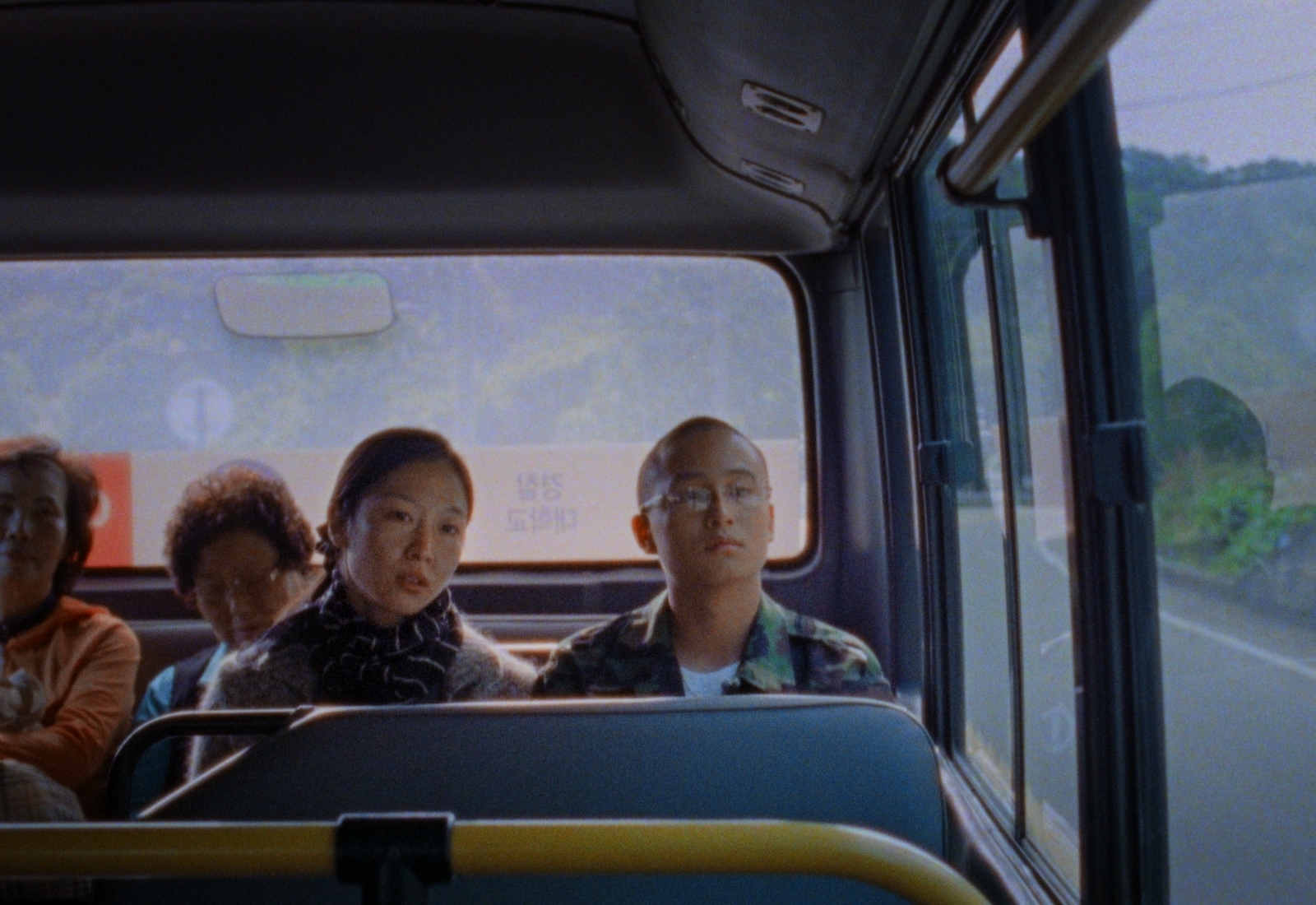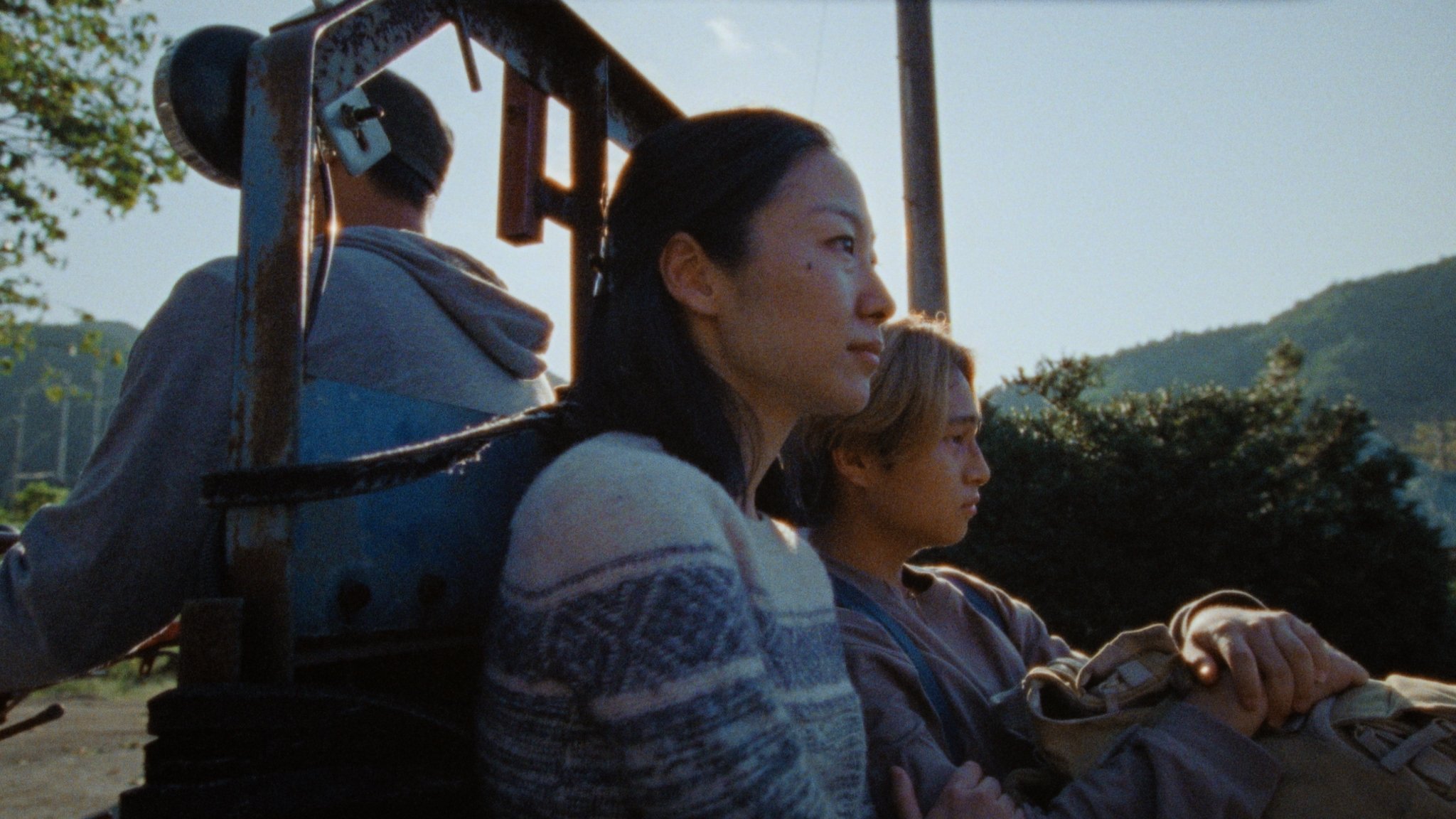interview
Anthony Shim Interview – Director of ‘Riceboy Sleeps’
Riceboy Sleeps opens with a narrated backstory for a Korean single mother and her young son, woven like a folktale over shots of a Korea our characters have just become displaced from. From there, the film grounds us in the lives of So-young (Choi Seung-yoon) and Dong-hyun (Dohyun Noel Hwang) in their early, shaky attempts to assimilate into 1990s Canadian society.
As Dong-hyun grows up (his teenage self played by Ethan Hwang), director Anthony Shim offers personal and incisive reflections on the ways language can both liberate and other us, arguing that cultural storytelling remains a pivotal way of communicating the immigrant experience.
We sat down with Shim at the 2023 Glasgow Film Festival to discuss how the film’s hyper-specific perspective of Korean emigration has reached a broader resonance with festival audiences.
Projektor: What did you want a Canadian audience to take from your story of Canadian immigrants being asked to assimilate?
Anthony Shim: Back in the day, I feel like there was a lack of compassion or empathy for people who are displaced or who have to adapt to a new environment. There is a huge trauma—psychological or emotional—for people who are suddenly removed from everything that they know to be life and what makes them who they are. We associate so much of our identity with how we dress, what we eat, what we watch, who we spend time with, what we talk about, the language we use, all these things. You strip all that away overnight, and you’re now told to fit in with this entirely new way of life. There’s something that happens in a person; it changes them.
I remember my family and their friends struggling with that a lot—parents who fought a lot, some who’d divorce, some would have trouble just assimilating and would find other ways to cope. When I was a kid, I didn’t really understand or even think about why that may have been, and when I got older I started to look back and go, “Oh, wow, imagine if I were in that position.” So I thought, if I didn’t understand, how could I have expected anyone else—any other Canadian or non-immigrant—to empathize?
Structurally, we start in early ‘90s Canada, we jump to 1999 Canada, and we end closing the film in Korea, with each segment being visually distinct. What did you want to communicate with these changes?
For the ways we presented the environments that these characters inhabit, I wasn’t necessarily going for realism. I wanted to represent the characters’ inner life, their emotional journey. The first act is shot in a way that feels very claustrophobic: it’s small and tight, but at the same time, it’s warm, and safe, and comforting. It represents the feeling that So-young has about this new world, good and bad. In the second act, they have assimilated, life has changed, and they’re able to open up a bit more and let more people into their lives.
When we go to Korea and the aspect ratio changes, that was something that I had written into the script from very early on. The hope was that, at that shift, that we could all just take a big sigh of relief. I wanted people to feel like they’re washed with fresh air. We shot almost everything with natural light with wide lenses, and tried to incorporate as much of the surroundings as possible, to not have any barriers or walls.

At one point, So-young uses a folktale to explain a diagnosis that she can’t fully express in either of her spoken languages. What do you think story can communicate that descriptive language can’t?
Something that was important to try to incorporate into the script was that there’s emotions and words that one language has that another doesn’t. In Korea, there’s a term called han. It’s described as being an emotion that cannot be explained in English, because there’s no equivalent. That word encapsulates a very complicated mixture of rage and remorse and trauma and grief, but in a way that is like a fuel; it fuels you, it doesn’t crush you. It’s that kind of rage and grief that pushes you forward. And so, in the final scene where So-young finally screams [atop a Korean mountain], that would be an example of someone expressing their han.
I thought that it was really interesting that this emotion that Korean people know so personally, there was no way for English-speaking people to understand because there was no equivalent description. I’m sure in its feeling non-Korean, people can relate to it and can understand; “Yeah, I have felt exactly that emotion,” but there’s just no term for it. How would one person communicate that kind of thing?
These old folk tales and fairy tales, the stories that we tell, I think are so effective. They stood the test of time and still exist today because there is no better way to communicate certain things. I thought, if a woman had to tell this man why she’s gonna make the choices she’s gonna make, an old folktale might be the best way to allow the person to understand who she is or where she comes from, why her mindset is that way. It goes beyond just an individual’s personality.
You strip all that away overnight, and you’re now told to fit in with this entirely new way of life. There’s something that happens in a person; it changes them.
The English language is used frequently and uniquely as a foreign language in the film. Can you talk about using English in these different contexts?
I think a lot of different nationalities have their own version of this. There’s Spanglish; in Korea, we call it Konglish. Even nowadays, my mom speaks English but it’s not great, it’s kind of her own version of it. And just like a lot of other Korean immigrants, they have developed their own unique way of using English. For example, my sister’s mother-in-law, who is Chinese, speaks a little bit of English, but it’s not great, and neither is my mom’s. When they speak, I listen and have no idea what they’re talking about because it’s such broken English. It’s like a weird mishmash of emotional expression and little bits of words, sounds, and gestures. But they have full conversations and they understand one another and they have a really easy time communicating.

So-young feels like this radical version of an Asian immigrant mother in how confrontational she is throughout. Can you talk about casting and working with the actors on the challenging parts of the story?
I think it’s interesting that you refer to her as being radical. I don’t disagree. For me, one of my personal selfish goals with this film was wanting to, even in some small way, start to change the perception of Asian women based on how they’ve been portrayed in the past, in films in North America. Asian women are either always subservient, obedient, and demure, or they’re fantasy characters where they do martial arts or flying. It’s like there’s no in-between.
I wanted to try to present a character that, to me, is what I think of when it comes to Asian women, in particular Korean women. I didn’t exaggerate too much. A lot of those scenes are based on real experiences and situations that I’ve seen my mom in, or other other immigrant moms or aunts and grandmas. They all kind of carry a certain amount of personality. And I go, why don’t I ever see that? You see Asian moms [when you] grow up with TV and film—I’ve never met that kind of person. Why don’t we see people like that who I’m so familiar with? It’s interesting because a lot of people, not just Korean or Asian, have said to me, “That’s my mom. That’s exactly what my mom was like.” So it’s not a specific culture or ethnic thing. A lot of these are just motherly characteristics and traits.
But we managed to find three incredible people, and the fact that they didn’t have a lot of experience became a blessing in disguise because they didn’t have any preconceived ideas. They brought so much to the film that it does feel just as much my film as it is those individuals’. Even though the character is based on myself and my experiences, I don’t see that anymore. They’ve really taken these characters into the story and made them their own and incorporated so much of their being into it.
Curated by humans, not algorithms.
© 2025 A Good Movie to Watch. Altona Studio, LLC, all rights reserved.